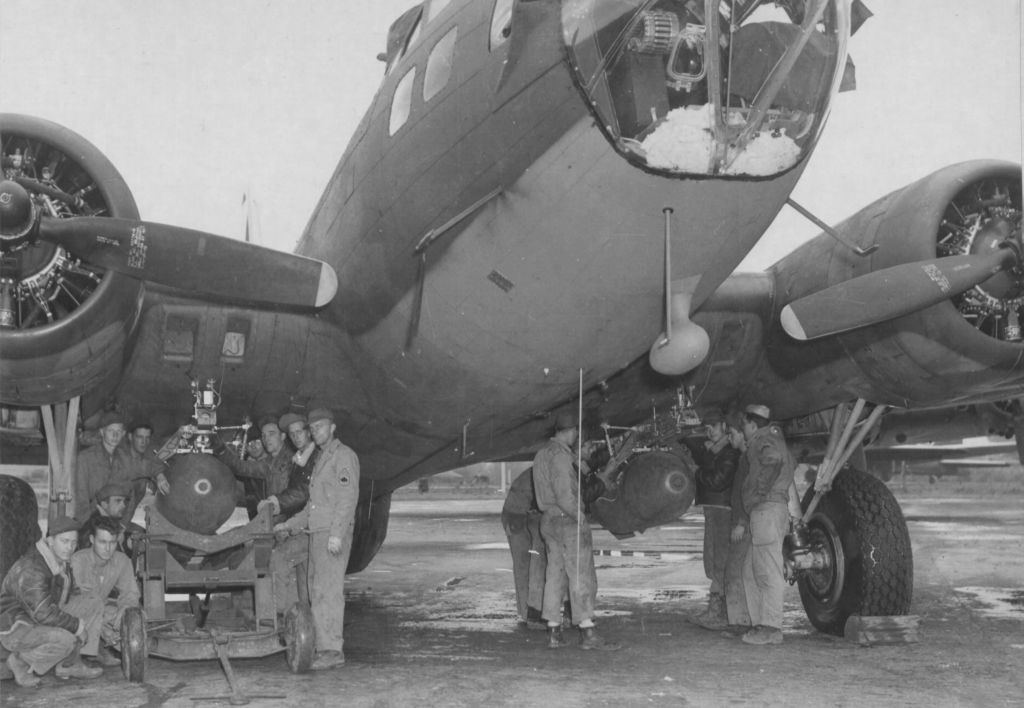Forums
- Forums
- Duggy's Reference Hangar
- USAAF / USN Library
- GB Glidebomb
GB Glidebomb
Post a reply
- Go to Previous topic
- Go to Next topic
- Go to Welcome
- Go to Introduce Yourself
- Go to General Discussion
- Go to Screenshots, Images and Videos
- Go to Off topic
- Go to Works in Progress
- Go to Skinning Tips / Tutorials
- Go to Skin Requests
- Go to IJAAF Library
- Go to Luftwaffe Library
- Go to RAF Library
- Go to USAAF / USN Library
- Go to Misc Library
- Go to The Ops Room
- Go to Made in Germany
- Go to Campaigns and Missions
- Go to Works in Progress
- Go to Juri's Air-Raid Shelter
- Go to Campaigns and Missions
- Go to Works in Progress
- Go to Skinpacks
- Go to External Projects Discussion
- Go to Books & Resources
-
13 years ago
 Main AdminThe GB series were winged bombs more along the lines of the Hs-293A. They were the result of a series of studies into guided weapons performed in the US in 1940 and 1941. Most of these studies went nowhere because of disinterest, or because the organizations involved knew either about aircraft or about electronics -- but not both.
Main AdminThe GB series were winged bombs more along the lines of the Hs-293A. They were the result of a series of studies into guided weapons performed in the US in 1940 and 1941. Most of these studies went nowhere because of disinterest, or because the organizations involved knew either about aircraft or about electronics -- but not both.
The Aeronca "GB-1" project survived because of its simplicity, though "crudity" might be a better word. The GB-1 was a 900 kilogram (2,000 pound) bomb fitted with wooden wings spanning 3.66 meters (12 feet), and a twin-fin tail assembly carried on twin booms, giving it a length about as long as the wingspan. The weapon's appearance was definitely unsophisticated. The GB-1 was guided by a gyroscopic stabilization system. It was aimed by a bombardier from a distance in front of the target, and after release the bomb simply glided away in that direction.
The rationale for the GB-1 was not stand-off distance. The concept was that a glide bomb falling at a shallow angle into a target area had a high probability of hitting the side of a tall and presumably valuable structure, while ordinary bombs falling straight down hit almost anywhere within the target area. Although in hindsight the concept seems questionable, USAAF commander General Henry H. "Hap" Arnold was in a hurry, and a gyrostabilized bomb could be developed more quickly than a radio-controlled weapon.
The GB-1 was actually issued to the USAAF 8th Air Force in late 1943, with the weapons were mounted in pairs on B-17 bombers, with one bomb on shackles beneath each wing. They were used in some quantity in bombing attacks on Cologne, Germany, in early 1944. Results were unsurprisingly dismal. Accuracy was poor, and a B-17 with an external bombload suffered greatly in terms of handling, range, and performance. Although about a thousand GB-1s were used in combat, the weapon was abandoned.
For more reading (text copied from here) http://www.vectorsite.net/twbomb_04.html





Regards Duggy.
Post a reply
- Go to Previous topic
- Go to Next topic
- Go to Welcome
- Go to Introduce Yourself
- Go to General Discussion
- Go to Screenshots, Images and Videos
- Go to Off topic
- Go to Works in Progress
- Go to Skinning Tips / Tutorials
- Go to Skin Requests
- Go to IJAAF Library
- Go to Luftwaffe Library
- Go to RAF Library
- Go to USAAF / USN Library
- Go to Misc Library
- Go to The Ops Room
- Go to Made in Germany
- Go to Campaigns and Missions
- Go to Works in Progress
- Go to Juri's Air-Raid Shelter
- Go to Campaigns and Missions
- Go to Works in Progress
- Go to Skinpacks
- Go to External Projects Discussion
- Go to Books & Resources
